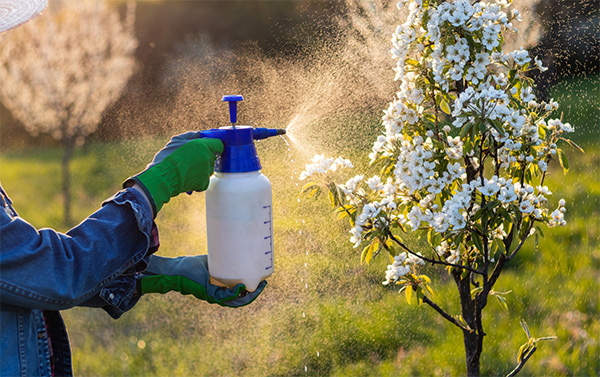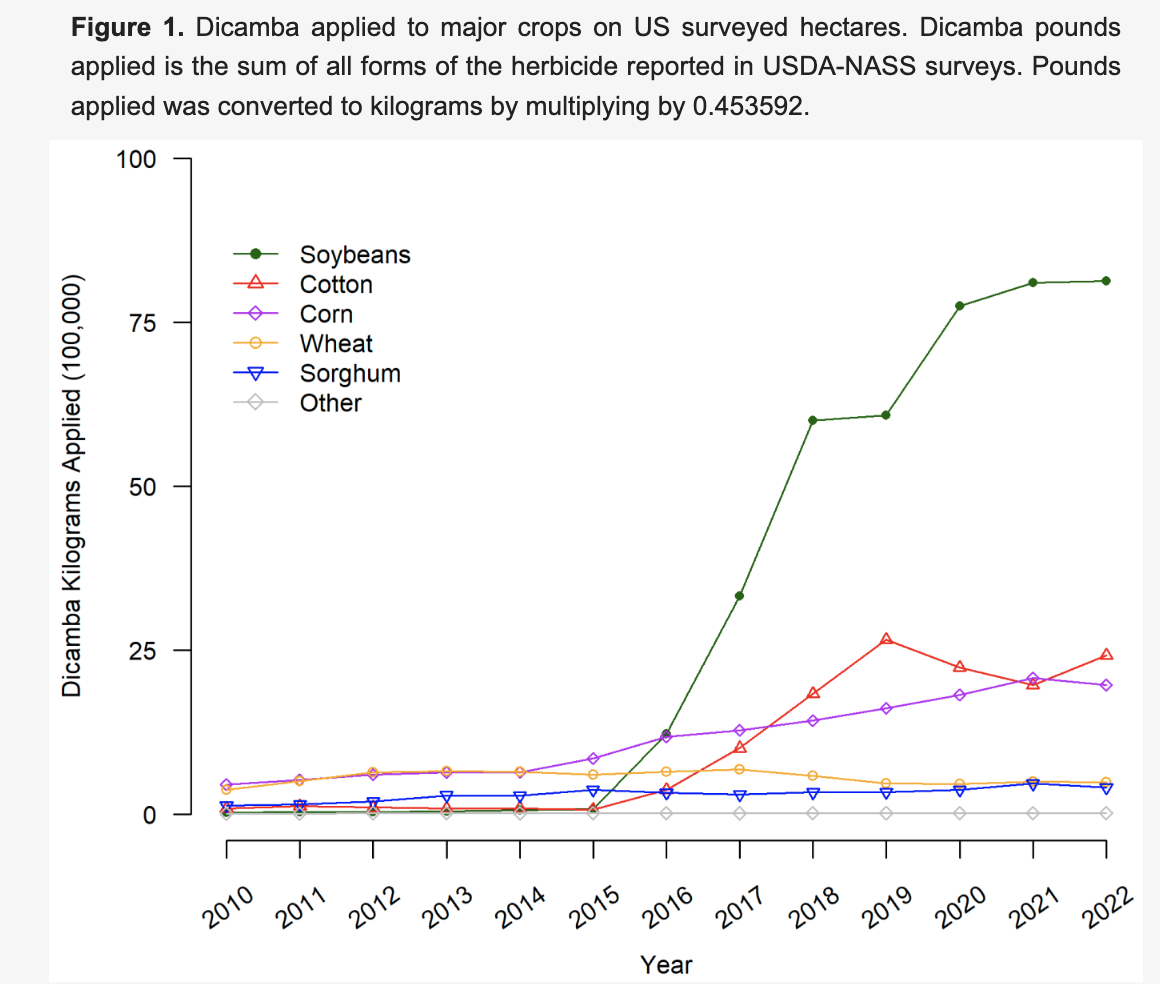In a January 26, 2023 press release, the California Department of Pesticide Regulation (DPR) released a provocative report entitled “Sustainable Pest Management: A Roadmap for California.”
The Roadmap report sets “ambitious goals and actions to accelerate California’s systemwide transition to sustainable pest management and eliminate prioritized high-risk pesticides by 2050.”
 Also by 2050, the Roadmap report envisions that “Sustainable pest management has been adopted as the de facto pest management system in California.”
Also by 2050, the Roadmap report envisions that “Sustainable pest management has been adopted as the de facto pest management system in California.”
The report captures the ideas and input of a diverse stakeholder group that met over two years to help DPR, Cal-EPA, and the California Department of Food and Agriculture develop a comprehensive plan sufficient to transform agriculture in the State from often heavily-pesticide dependent management systems to systems grounded in pest-prevention, biological control, and reduced-risk biopesticides.
The Roadmap identifies and addresses most of the factors shaping pest management systems in the State and calls for dozens of new research, education, training, and regulatory initiatives.
In order to guide the implementation process, DPR requested comments from the public that were due March 13, 2023. In crafting HHRA’s comments, Chuck Benbrook and Mark Lipson drew on their decades of experience tracking and advising DPR on pesticide use and regulatory issues.




